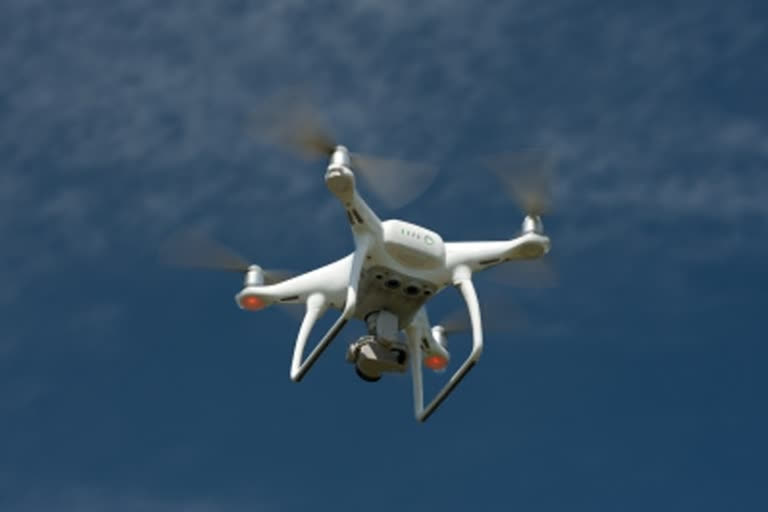Hyderabad: Asymmetric warfare is when two unevenly matched powers engage in strategic parity on the battlefield. When the erstwhile Soviet Union invaded Afghanistan, the USSR had aerial superiority across the country and their helicopter gunships became the backbone of the Soviet Union's blitzkrieg into Afghanistan. However, the superiority of the Soviet helicopter gunships was not to last. It was challenged with a simple introduction of the American-made stinger missile weapon system that changed the game for the Afghanistan resistance fighters who otherwise had to hide when the Mi series helicopters bombed their hideouts in the mountains. A shoulder-held-hand-launched missile system started to bring down Soviet helicopter gunships by the hundreds eventually leading to the humiliating withdrawal of the Soviet forces.
If shoulder-held stingers changed the tide in Afghanistan, drones in the 21st century are keeping modern battlefields in flux as million-dollar equipment has become susceptible to airstrikes from drone systems that cost just a fraction of a modern multirole fighter. The defeat of Armenia by Azerbaijan using Turkish and Israeli drones speaks of how expensive multi-role fighter aircraft need not take to the skies to change the tide of battle. Indian security establishment should have taken the cue from the war that Azerbaijan waged with Armenia.
Also read:India probes 'drone strike' on Jammu airport
Drones have been extensively used by Pakistan for cross-border heroin trade and smuggling of weapons into Indian territory. The drone strike on the Indian Airforce base on Sunday is a warning of a paradigm shift in how militants will now engage the Indian security establishment in Kashmir. It works well for their handlers as drone strikes need not be manned and the Pakistani nationals need not be physically present in engaging Indian security forces. This gives Pakistan plausible deniability of its covert actions. The dropping of two 1.5-kilogram explosives on the IAF base also shows that strategic assets in the region are exposed and the security establishment is yet to grapple with the surprise change in tactics.
